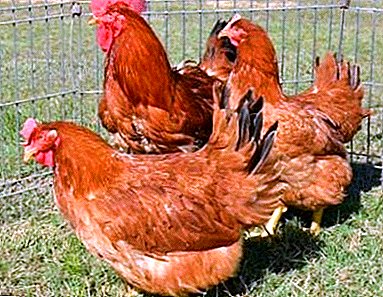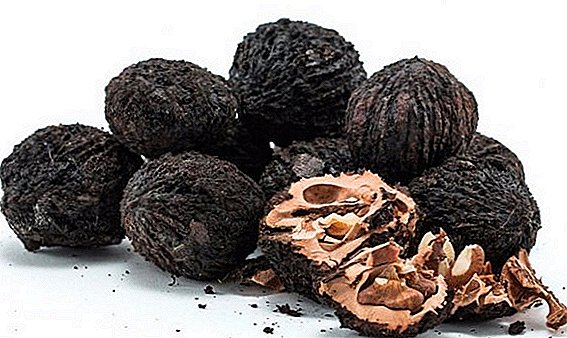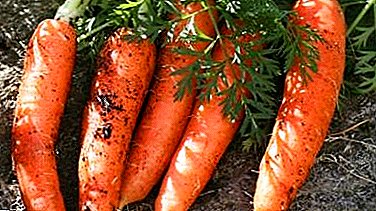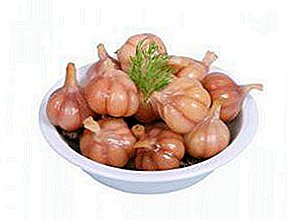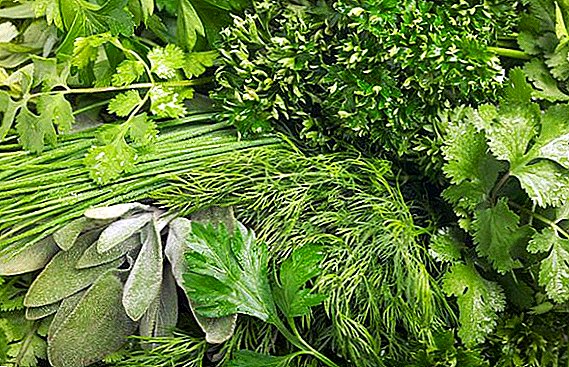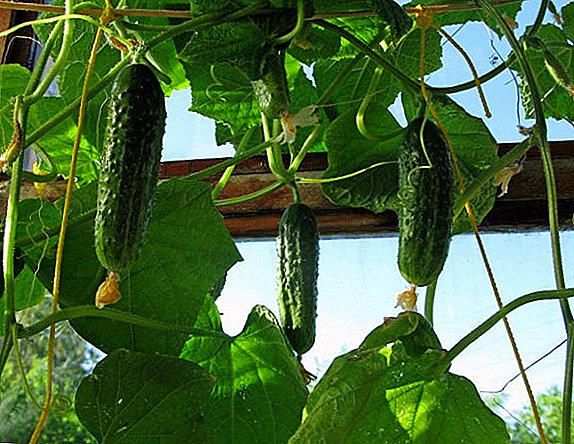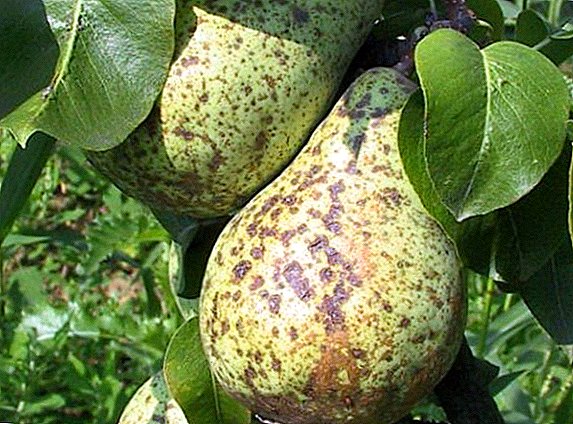 In the absence of water in a suburban area, the owners most often resort to drilling wells or digging wells. It is important that the water was of good quality. That is why, even before starting work, it is worthwhile to study in more detail the issue of groundwater occurrence, their varieties and search methods, as well as methods for determining the quality of drinking water - we will analyze all this in the article.
In the absence of water in a suburban area, the owners most often resort to drilling wells or digging wells. It is important that the water was of good quality. That is why, even before starting work, it is worthwhile to study in more detail the issue of groundwater occurrence, their varieties and search methods, as well as methods for determining the quality of drinking water - we will analyze all this in the article.
Groundwater types and bedding
Underground water is considered to occur in the upper layer of the earth's crust in any of the three basic states of water: liquid, gaseous, or solid. They are of different types:
- Verkhovodka - surface water, located at a depth of 2-5 m. Not suitable for drinking, they can be used for technical purposes and for irrigation. These layers are formed due to infiltration of precipitation and surface water, and therefore largely depend on weather conditions. The upper layer decreases during the drought period.
- Ground - occur at a depth of 5 to 40 m between sedimentary rocks, therefore, to a lesser extent, depend on climatic conditions and the change of seasons. They are the most optimal and frequently used source of fluid for your own site. Do not have pressure.
- Artesian - they are deposited at a depth of 100 to 1000 m in waterproof layers, have no clay suspensions, and are rich in minerals. Have a head. Artesian basins are a very valuable source of minerals.
- Interfacial - lie between the two previous layers, cleaner than groundwater. Have a pressure, suitable for drinking.
 So, the best, high-quality and relatively affordable source of drinking liquid is groundwater. Although they occur between sedimentary rocks, they depend to a certain extent on such factors as weather conditions (precipitation, temperature, atmospheric pressure, etc.) and human activity (soil drainage, installation of hydraulic structures, mining of mineral resources, etc.).
So, the best, high-quality and relatively affordable source of drinking liquid is groundwater. Although they occur between sedimentary rocks, they depend to a certain extent on such factors as weather conditions (precipitation, temperature, atmospheric pressure, etc.) and human activity (soil drainage, installation of hydraulic structures, mining of mineral resources, etc.).Important! It is categorically not recommended to drill wells for the extraction of drinking water near landfills, livestock storage sites, waste disposal sites, including radioactive ones, as well as near cattle cemeteries. Ground waters near the listed places are contaminated and not suitable for drinking.
Search methods
There are more than a dozen different ways to search for aquifers in the area. The main ones are as follows:
- With the help of moisture absorbing substances. You can use silica gel, broken brick or salt. For the purity of the experiment, the pre-selected substance must be thoroughly dried in the oven to remove moisture. Then it is wrapped in a woven fabric and weighed on an accurate scale. Then the bags with the adsorbing substance are buried to a depth of 1 m in the proposed aquifers. After a day, the bags are dug and weighed. The heavier the bag becomes from moisture, the more promising is the site.
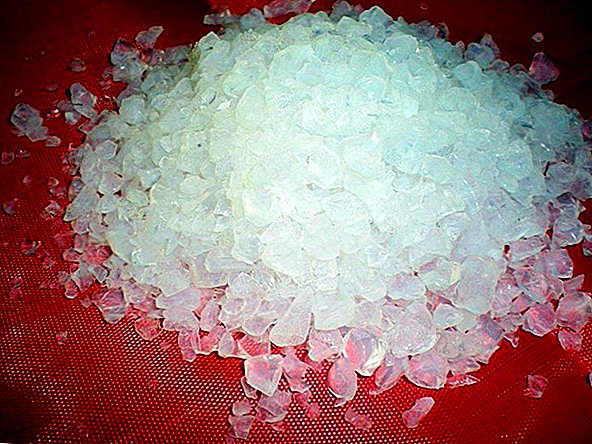 Silica gel
Silica gel - With the help of a barometer. With the help of the device, pressure is measured near any nearby reservoir, and then directly at the intended place of drilling. Calculate the result as follows: 1 mm Hg equals 10-12 m in the pressure drop, respectively, 0.1 mm equals 1-1.2 m. If the water barometer showed 752 mm and in the area of 751.6 mm, we calculate the difference and translate it into the distance to the reservoir fluid: 752-751.6 = 0.4. That is, to a layer of liquid at least 4 m.
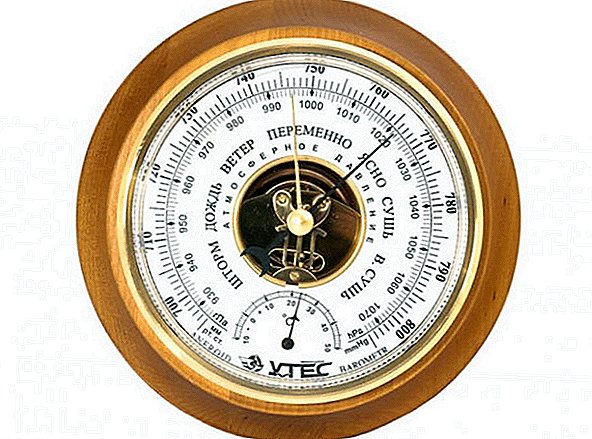
- With the help of glass jars. From the evening on the potential aquifers need to place the banks of the same volume with a hole downwards. The next morning, banks are checking that the tank with the most condensate indicates the most promising area.

- With the help of electrical sensing. Solid rock and aquifers have different electrical resistance - it is lower in fluid layers. However, it should be borne in mind that a significant error is possible in the study if there is a railway bed nearby or there are shallow deposits of iron ore.

- With the help of seismic intelligence. This method is based on the fact that acoustic waves, passing through aquifers, show higher frequencies.

- Watching the formation of fog. In summertime, you can observe the soil: fog over the areas with aquifers will form. The thicker and lower it is above the ground, the closer the fluid layer is.
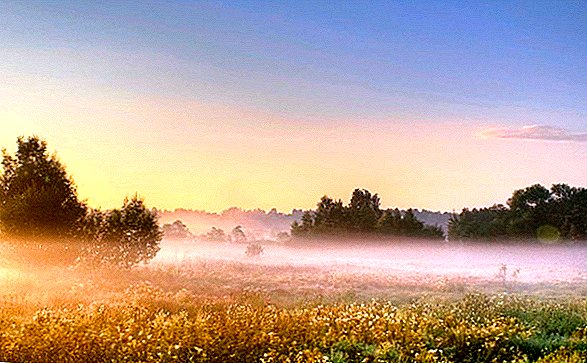
Find out what is best for the water supply of the dacha: a well or a well.
Exploratory drilling
Distinguish between operational and exploratory drilling. The latter is carried out with the aim of studying the groundwater reserves in order to establish the feasibility of drilling a constant well. Drilling an exploratory well is much more economical than drilling a constant well, since the diameter of the hole is much smaller.
Exploratory drilling is allowed to achieve these goals:
- discover and study the aquifer;
- obtain a soil sample to assess its water saturation and freezing depth, as well as the potential risk of shedding, subsidence, displacement or silting of the well;
- estimate the distance to the reservoir fluid.

Folk search methods
On the proximity of water to the surface of the earth may indicate the behavior of some animals or the particular growth of plants. There is also a biolocation method. Its effectiveness and validity has not been confirmed scientifically, because it is included in the group of folk methods of underground water search.
Important! Given the high cost of exploratory drilling, it is advisable to carry it out if the well is planned for several families. The price of the work is formed by multiplying the cost per 1 m depth. The final cost will also depend on the complexity of the work, the diameter of the hole, the use of additional pipes.
It should be understood that the methods listed below cannot guarantee a 100% result, and it is better to use them as auxiliary ones.
Animals
Home "indicators" of underground moisture are dogs, horses, birds. Also, mouse nests and insects indicate the absence or presence of water.
- Dogs in hot weather are trying to dig holes in places with high moisture content in the soil.
- Horses also choose the wettest and coolest places to rest in the yard.
- Chickens will not be carried in places with high humidity, but, on the contrary, will find for themselves the driest and most comfortable place.
- Geese for laying eggs will specifically look for places with a high level of moisture, and hence, the proximity of a layer of fluid.
- In the evening, the midges accumulate over the soil with high moisture content.
- Mice never dig holes in places with high moisture content.
- Red ants also do not create anthills in the ground with high levels of moisture.
 Dog digs a hole
Dog digs a holePlants
It is known that there are moisture-loving plants and those that grow in more arid places.
Did you know? In 2014, geophysical researchers proved deposits of huge water strata in the Earth’s mantle at a depth of 400-600 km and more. The total volume of the discovered basins exceeds the volume of the World Ocean 3 times!
The list of plants indicating shallow groundwater occurrence: willow, wild currant, horse sorrel, meadowsweet, meadowsweed, silverweed, hemlock, coltsfoot, sedge, horsetail, nettle, reed, birch, willow. In places with a high level of moisture in the soil they grow very poorly and some fruit trees often die: apples, cherries, plums. 
Dowsing frames
To try this old and popular way, you need to perform the following sequence of actions:
- Prepare two pieces of aluminum wire with a length of 40 cm. For 10 cm from the beginning, the wire should be bent at an angle of 90 ° and insert hollow twigs from under the elder, willow, viburnum or hazel so that they can freely rotate.
- Calculate the side of the world on the site.
- Pick up the twigs with wire in this way: elbows should be pressed to the body, hands raised at chest level, the ends of the wire are directed in different directions.
- Next you need to walk on the site from north to south and from west to east. At places with close groundwater deposits, the ends of the wire will cross - in these places it is worth digging a well or drilling a well.
 The most favorable seasons for finding a liquid by this method are summer and early autumn. Suitable hours: interval between 5: 00-6: 00, from 16:00 to 17:00, from 20:00 to 21:00, and from 24:00 to 1:00. The method requires calm weather, as well as a certain experience, because even a psycho-emotional state that is manifested by hand trembling can affect the result of the study.
The most favorable seasons for finding a liquid by this method are summer and early autumn. Suitable hours: interval between 5: 00-6: 00, from 16:00 to 17:00, from 20:00 to 21:00, and from 24:00 to 1:00. The method requires calm weather, as well as a certain experience, because even a psycho-emotional state that is manifested by hand trembling can affect the result of the study.Also, crossing the framework does not always indicate water: in 4-5%, the device reacts to sandy-clay rocks.
You will be interested to read about how to install water supply of a private house from a well, instantaneous water heater and choose a pumping station for the dacha.
Devices for determining
Earlier, we have already indicated that it is possible to detect the occurrence of a water carrier with the help of a barometer. In addition to this device, there are others that work on different principles:
- "Pulse". This device can be made independently from a voltmeter and electrodes with negative and positive charges.

- "Gidroscope". It is a professional device that is mounted on the machine, most often cargo.

How to know the quality of water
It is important not just to get water on your site, but to get a really high-quality and useful liquid for drinking and daily needs. Therefore, the composition of the liquid must be checked by the following parameters:
- organoleptic properties;
- chemical composition and toxicological indicators;
- epidemic safety.
If you have a cottage and you like to build, learn how to make a beautiful garden swing, a stone grill, a pool, a waterfall, a fountain, gabions, a gazebo and rock arias.
Organoleptic or physico-organoleptic are called the properties of a liquid that a person can feel with the help of basic senses. This includes smell, color and taste. According to legislation, water should have a faint smell that a person can feel only with careful "smelling".
Did you know? During life, one average person drinks up to 35 tons of water.
Also drinkable liquid should not have any taste or taste. Another important indicator is turbidity. The turbidity rate is 1.5 mg / l, but it can be measured under laboratory conditions using the Snellen method and using a kaolin scale. 
Further, it is important to study the toxicological parameters of the liquid. They indicate the presence or absence of chemical components of different origin in water: natural or as a result of industrial, agricultural pollution. This also includes reagents for the purification of drinking liquids in enterprises. To conduct research to study the chemical composition is possible only in laboratory conditions.
Learn how to make a path of cuts, as well as of concrete.
In conclusion, it is important to investigate water for bacteriological safety. To do this, we study the total number of microorganisms and parasites, as well as the number of bacteria from the group of E. coli.  Determine the presence of water on the site can be using different methods that have different complexity and reliability. The aquifer can be identified using special instruments, popular methods, as well as through exploratory drilling. However, in this matter it is advisable to contact the specialists in order not to overpay twice for a well dug in a bad place.
Determine the presence of water on the site can be using different methods that have different complexity and reliability. The aquifer can be identified using special instruments, popular methods, as well as through exploratory drilling. However, in this matter it is advisable to contact the specialists in order not to overpay twice for a well dug in a bad place.
If you want to install a fence for a country house, a plot or a dacha, be sure to read how to choose and install a brick fence, a metal or wooden picket fence, a fence from a chain-link grid, a fence from gabions and a fence.
It is also important to conduct laboratory tests of the produced water in order to be sure of its high quality and safety.


 Silica gel
Silica gel







